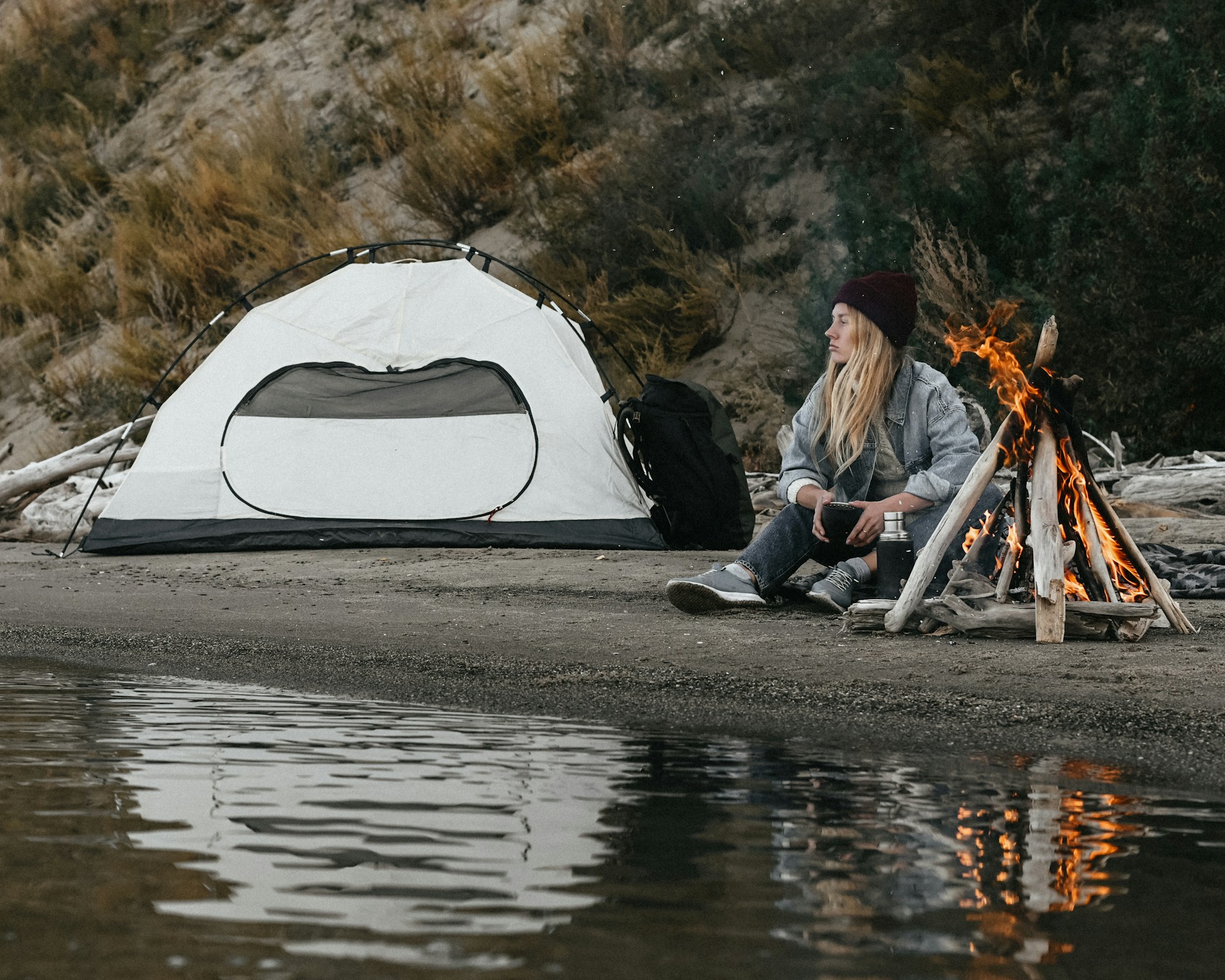Camping beside bodies of water offers some of the most breathtaking outdoor experiences nature has to offer. The gentle lapping of waves against a lakeshore, the soothing sounds of a flowing river, or the majestic power of waterfalls can transform an ordinary camping trip into an unforgettable adventure. However, these stunning natural features come with unique safety considerations that every outdoor enthusiast should understand.
Water-adjacent camping requires special awareness, preparation, and respect for natural forces that can quickly turn dangerous. This comprehensive guide will help you enjoy the beauty of waterside camping while staying safe and minimizing environmental impact.
Understanding Water Hazards Before You Go
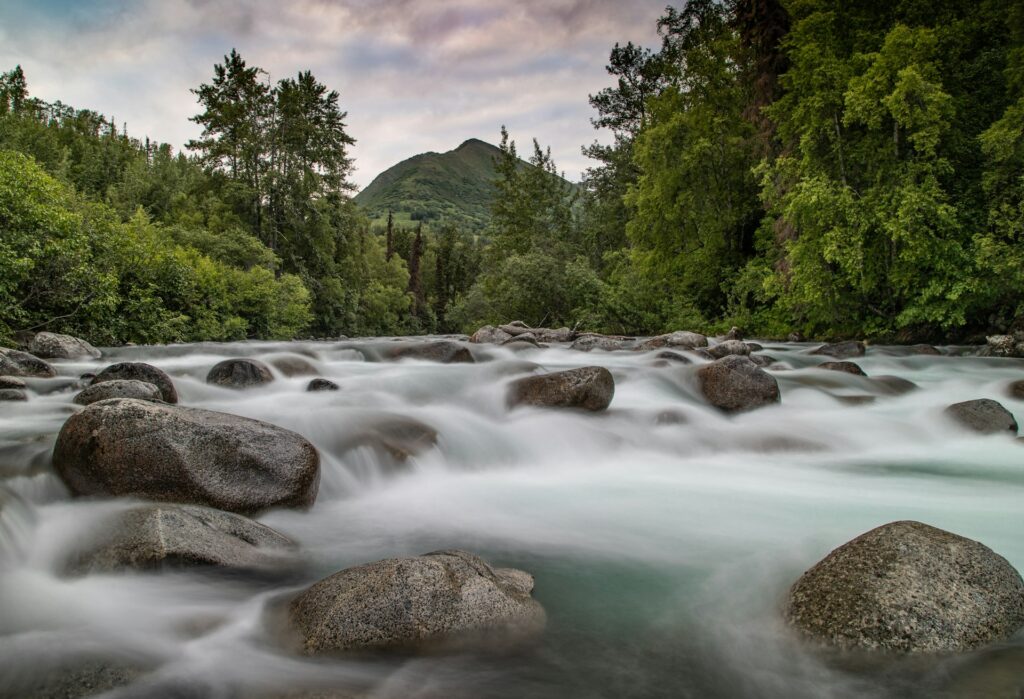
Before setting out on your waterside camping adventure, it’s essential to research and understand the specific hazards associated with your destination. Rivers can rise rapidly after rainfall, even if precipitation occurs miles upstream from your campsite. Lakes may have underwater drop-offs, unexpected currents, or areas prone to sudden storms. Waterfalls create powerful hydraulics that can trap even strong swimmers beneath churning water.
Take time to research historical water level data, typical weather patterns, and local hazards for your specific destination through resources like national park websites, ranger stations, or outdoor forums. Understanding these potential dangers isn’t meant to frighten you but rather to prepare you with the knowledge needed to make safe choices throughout your trip.
Selecting an Appropriate Campsite
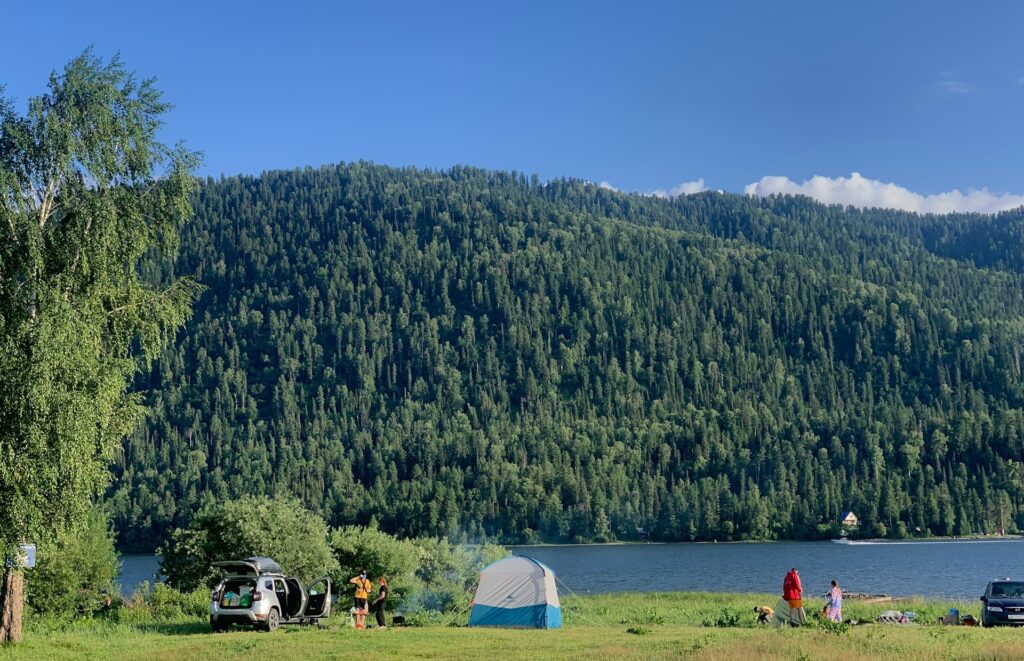
Choosing the right location for your camp is perhaps the most critical safety decision you’ll make on your trip. Look for established campsites that are set back at least 200 feet from the water’s edge, offering protection from flash floods and leaving natural wildlife corridors undisturbed.
Avoid camping in low-lying areas, ravines, or dry creek beds that could quickly become waterways during heavy rain. Check for potential hazards from above as well—loose rock faces, dead trees (known as “widowmakers”), or unstable slopes could pose dangers during storms or high winds.
Ideal campsites feature relatively level ground, natural windbreaks, and clear pathways to reach the water while still maintaining a safe distance from it during sleeping hours.
Reading Weather Patterns and Flash Flood Warning Signs
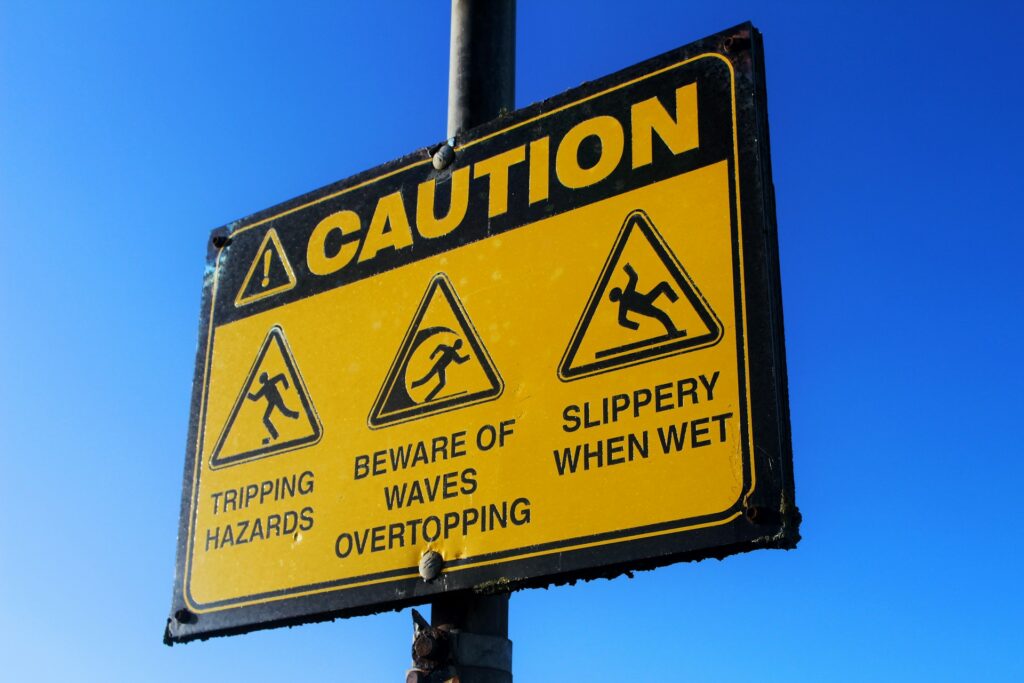
Developing the ability to read weather patterns is an invaluable skill for waterside camping. Even if the sky above your campsite is clear, storms in distant mountains or upstream areas can cause water levels to rise dramatically without warning. Pay attention to subtle signs like changes in water clarity, unexpected debris floating downstream, or a sudden rise in water level at your location. The sound of rushing water becoming louder, especially during otherwise clear weather, can indicate a flash flood approaching from upstream.
Before your trip, download weather apps that work offline or bring a weather radio to receive alerts. Establish a clear evacuation plan with your group before setting up camp, including identifying high ground and multiple escape routes should water levels rise quickly.
Essential Water Safety Gear
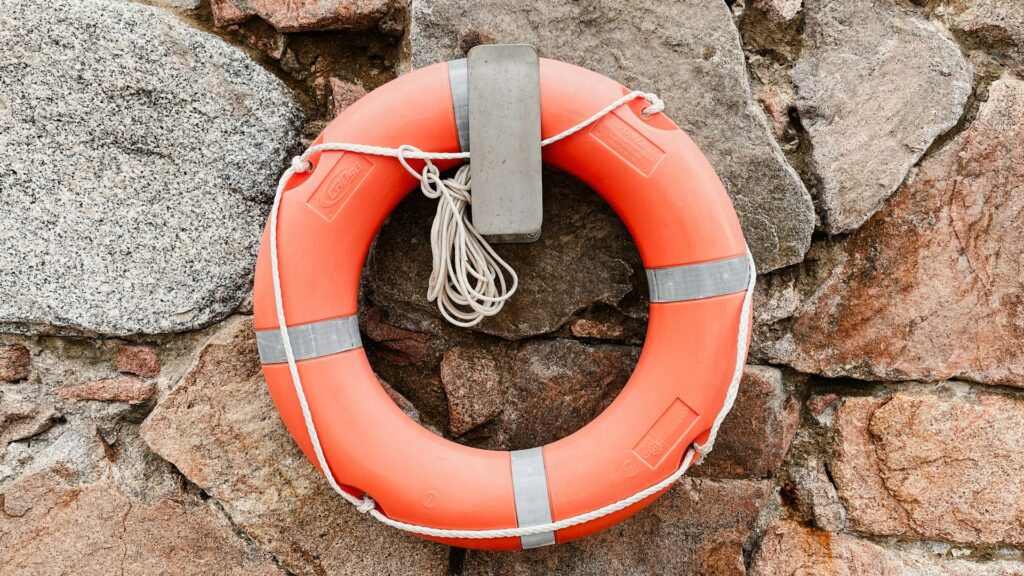
Beyond standard camping equipment, waterside camping requires specialized safety gear to handle potential emergencies. Personal flotation devices (PFDs) should be considered mandatory for everyone in your group, regardless of swimming ability or planned water activities. A rescue throw bag with at least 50 feet of floating rope provides quick assistance without endangering additional people. Bring a waterproof flashlight or headlamp specifically for night emergencies near water.
Consider packing water filtration systems rather than drinking directly from natural sources, as even pristine-looking water can harbor harmful bacteria or parasites. A basic water rescue kit might also include a whistle for signaling, a knife for cutting entanglements, and dry bags for keeping emergency supplies and communication devices protected from moisture.
Safe Swimming Practices
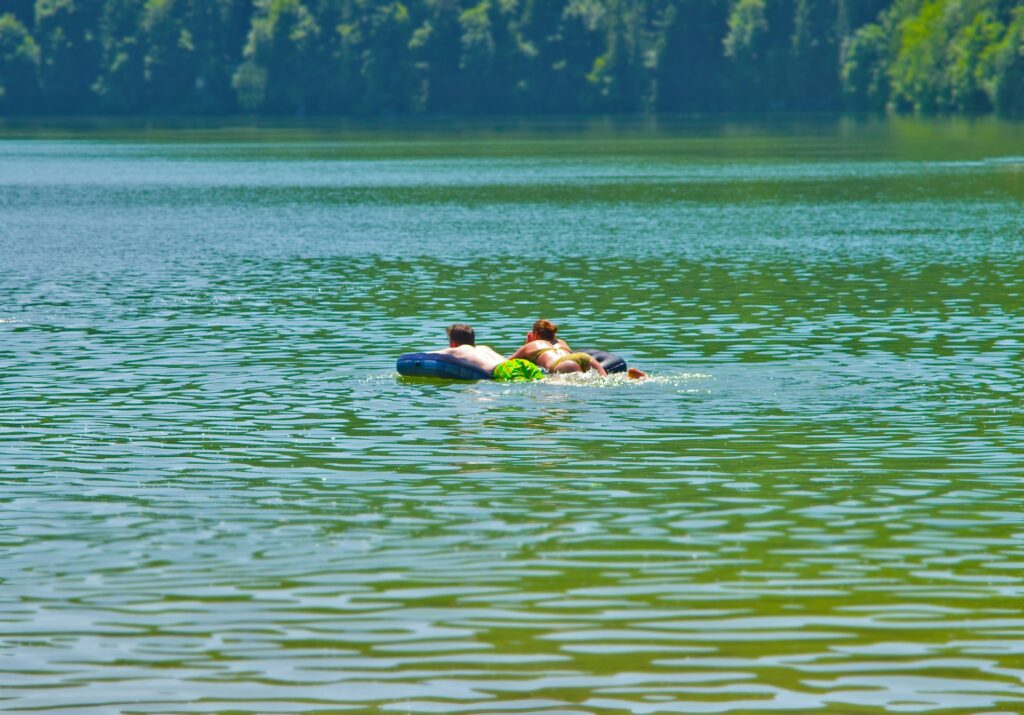
Swimming in natural waters differs dramatically from pool swimming and requires specific precautions. Always implement a buddy system where swimmers pair up and watch out for one another, even in seemingly calm waters. Before entering any body of water, wade in slowly to check for sudden drop-offs, strong currents, or underwater obstacles that might not be visible from shore. Avoid swimming at dusk or dawn when visibility is reduced, and never swim under the influence of alcohol or other substances that impair judgment or coordination.
When swimming in moving water like rivers, position yourself upstream of a spotter who can assist if you get into trouble. Remember that natural water temperatures are often much colder than expected, which can lead to muscle cramping and hypothermia even during summer months.
Waterfall Safety Protocols
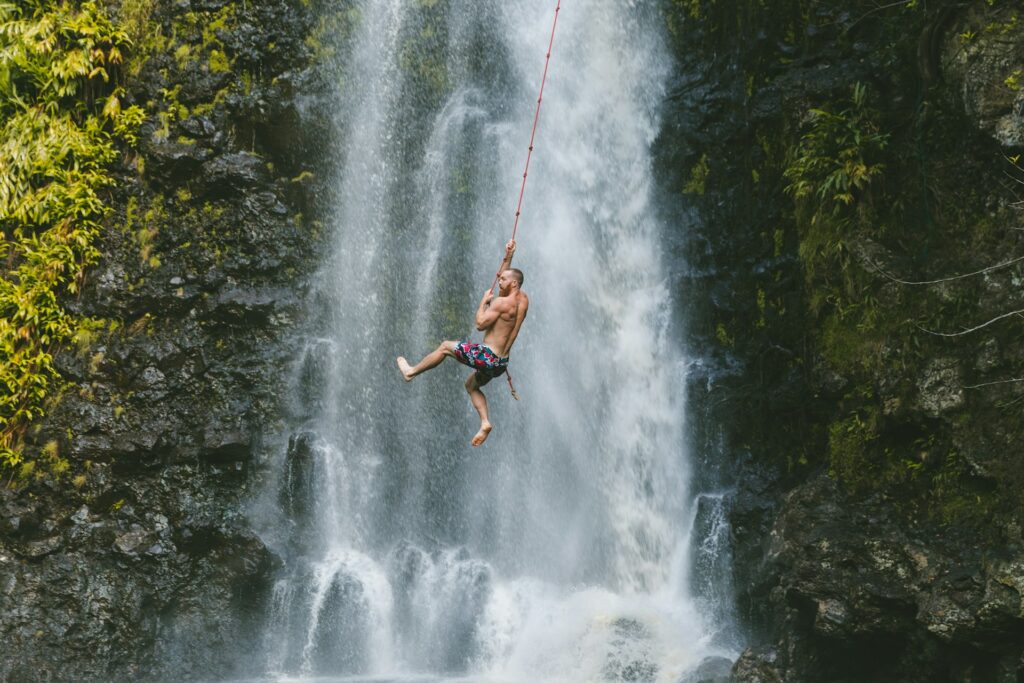
Waterfalls create some of the most dangerous aquatic environments for campers due to their powerful hydraulics and often slippery surrounding terrain. Never swim directly under a waterfall, as the force of falling water can push swimmers underwater and trap them in recirculating currents. Stay well back from the top edges of waterfalls, where wet rocks create extremely slippery conditions that have led to many fatal accidents. Respect all posted warning signs and barriers, which are placed based on knowledge of specific hazards that may not be immediately obvious.
When photographing waterfalls, maintain three points of contact with stable ground at all times, and avoid positioning yourself where a slip would result in a fall. The most spectacular waterfall views are often best enjoyed from designated viewpoints rather than attempting to create “unique” perspectives that require risky positioning.
River Crossing Techniques
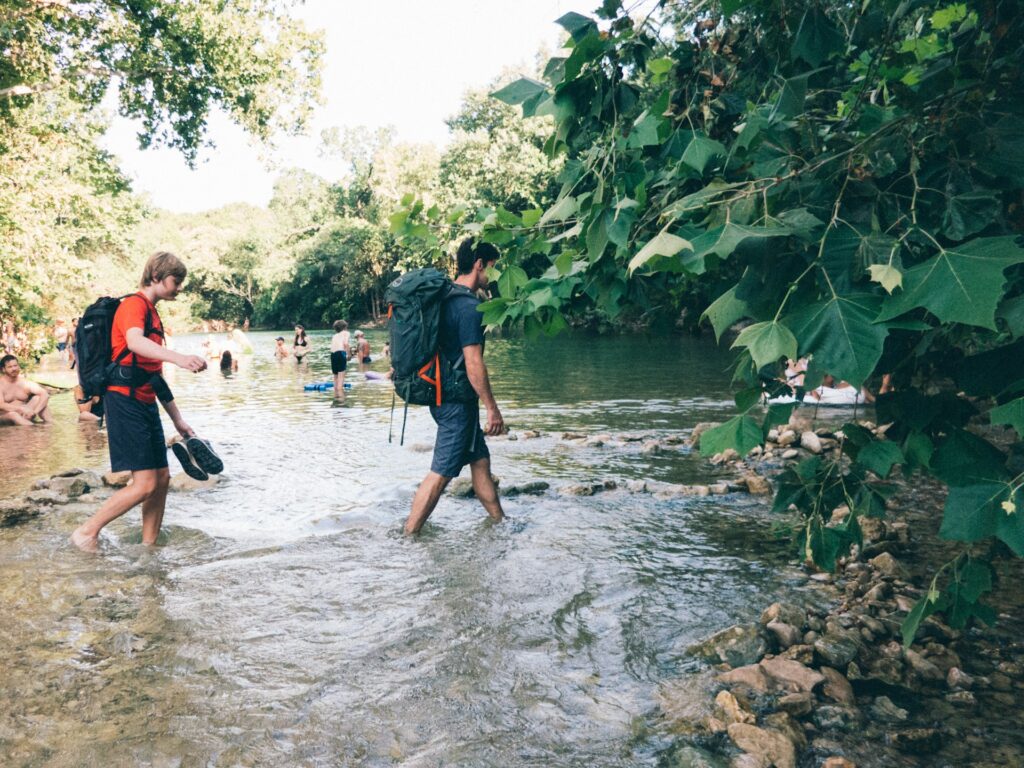
Crossing rivers safely requires careful assessment and proper technique, particularly when carrying camping gear. Before attempting any crossing, scout upstream and downstream for safer alternatives like bridges, fallen logs, or naturally narrower sections. The ideal crossing location features relatively slow, clear water where you can see the bottom, with no obvious hazards downstream if someone were to lose footing.
When crossing, face upstream, use a sturdy stick for additional stability, and move diagonally with the current rather than fighting directly against it. Unbuckle backpack straps before crossing so you can quickly shed the weight if you fall. For deeper crossings or stronger currents, form a group line where everyone links arms facing upstream, with the strongest person positioned upstream to break the current for others.
Drinking Water Safety
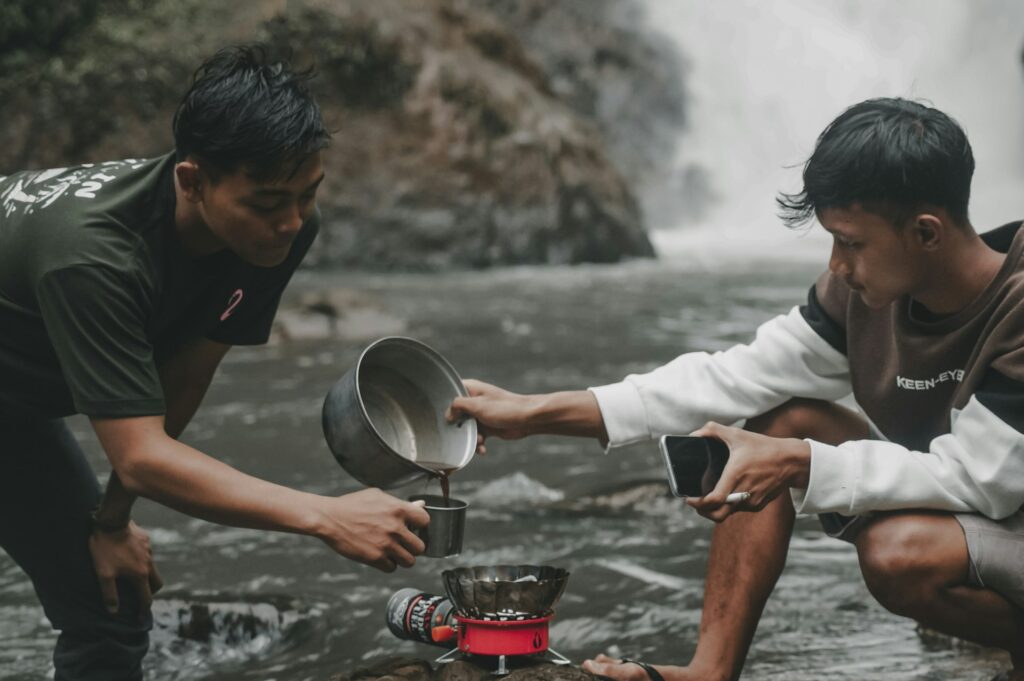
Natural water sources carry risks of contamination even in remote, pristine-looking areas. Giardia, cryptosporidium, and other waterborne pathogens can cause severe illness that would not only ruin your camping trip but potentially create dangerous situations far from medical help. Always treat water before consumption using filtration, chemical purification, UV light treatment, or boiling for at least one full minute (longer at higher elevations). Position your water collection point upstream from your campsite and any recreational activities to minimize contamination from human activity.
When collecting water, take it from flowing sources rather than stagnant pools when possible, and gather from below the surface but above the bottom sediment. Remember that even crystal-clear mountain streams can harbor invisible microorganisms that cause illness days after your trip ends.
Cooking and Waste Management Near Water
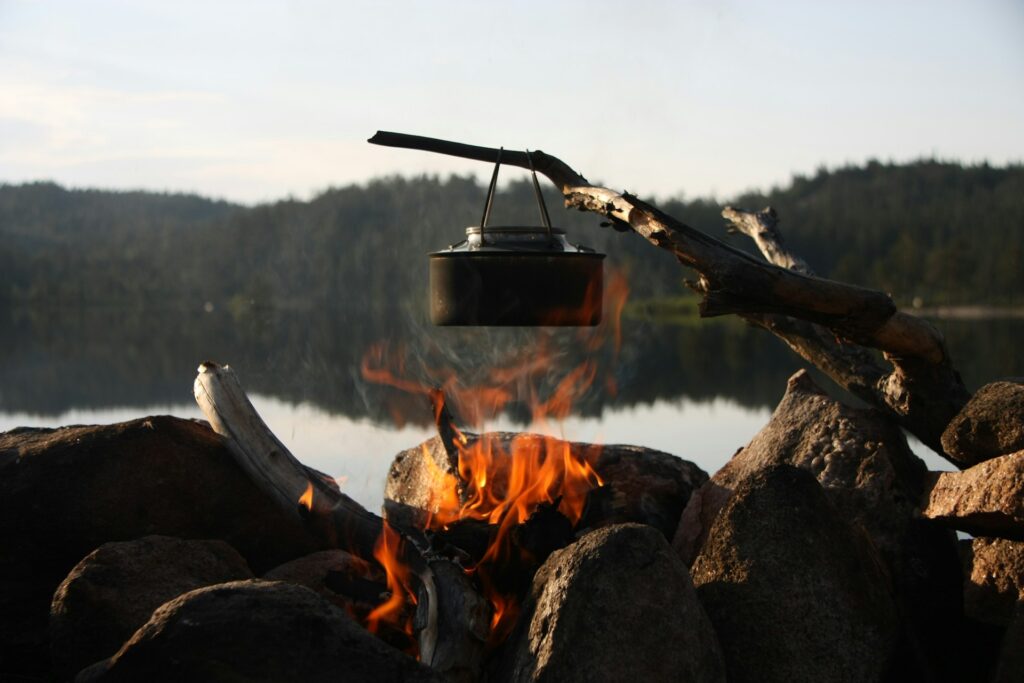
Proper camp kitchen setup and waste management are crucial for both safety and environmental protection when camping near water sources. Establish your cooking area at least 200 feet from water to prevent food scraps and cooking waste from contaminating the water supply. Use biodegradable soap sparingly, if at all, and dispose of dishwater by scattering it broadly away from water sources after straining out food particles.
For human waste, either use established facilities or dig catholes at least 8 inches deep and 200 feet from water, then cover completely when finished. Pack out all trash, including seemingly “natural” waste like orange peels or apple cores, which take surprisingly long to decompose and can attract wildlife to waterside areas.
Remember that camping near water means you’re likely sharing the space with animals that depend on that water source, making proper food storage especially important.
Nighttime Water Safety
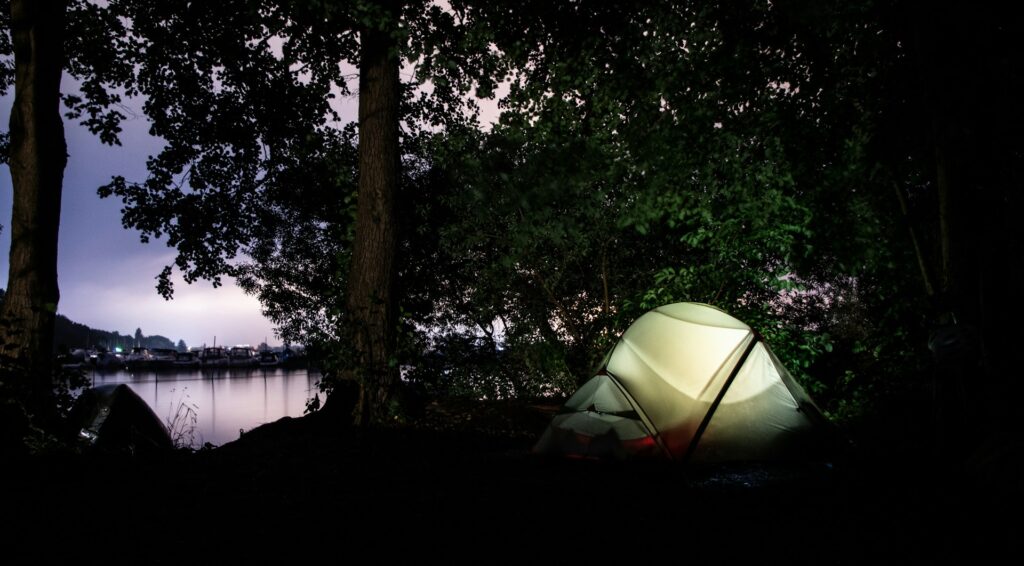
Water hazards become significantly more dangerous after dark when visibility is limited and temperatures often drop. Mark clear pathways from your tent to designated bathroom areas that avoid waterside routes, using reflective gear or glow sticks if needed. Keep reliable lighting sources in easily accessible locations within your tent for nighttime emergencies.
Avoid venturing near water edges at night except in genuine emergencies, as even familiar terrain becomes treacherous in darkness. Make sure everyone in your group knows the distance and direction to the water from your campsite, as spatial awareness can become confused in the dark. Consider using a perimeter of reflective cord around your campsite if camping with children, creating a visible boundary that helps prevent accidental wandering toward water at night.
Recognizing and Responding to Drowning
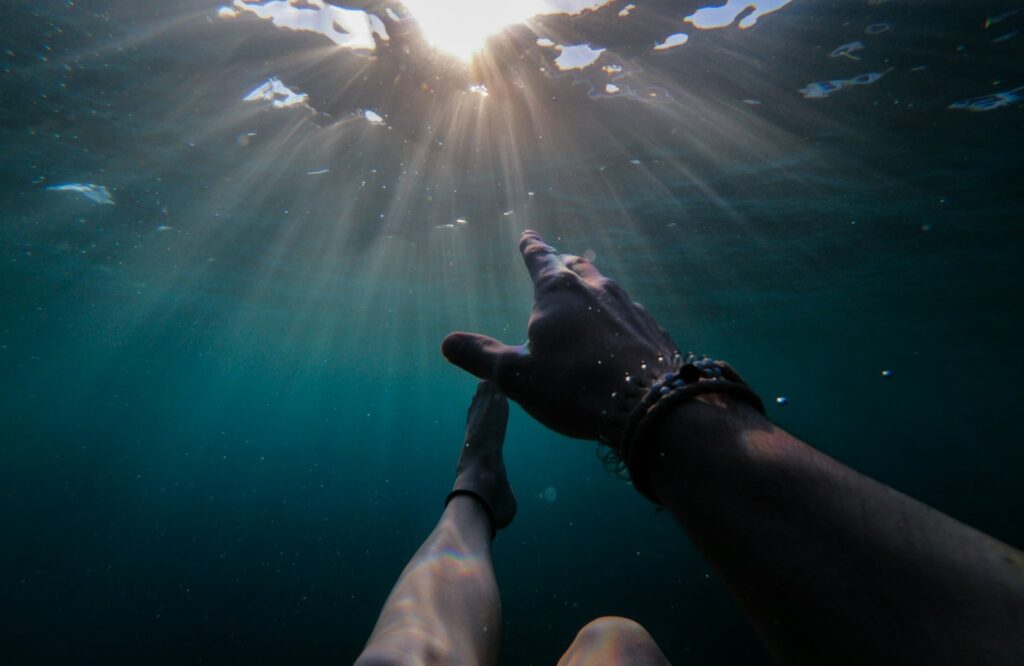
Understanding what drowning actually looks like can save lives, as real drowning rarely resembles the dramatic splashing depicted in movies. Drowning victims often appear to be treading water vertically with their heads tilted back, making little noise and unable to call for help as they focus entirely on getting air. Other signs include glassy or unfocused eyes, hair covering the forehead or eyes, and hyperventilation or gasping.
If you suspect someone is drowning, remember the phrase “reach, throw, row, go” – first try to reach the person from shore with a stick or pole, then throw a flotation device, then use a boat if available, and only enter the water yourself as a last resort. When responding to a drowning victim, approach from behind if possible to avoid being grabbed and pulled underwater by a panicking swimmer. Basic CPR training is invaluable for waterside camping, as the first few minutes after a water rescue are critical for survival.
Children and Water Safety When Camping
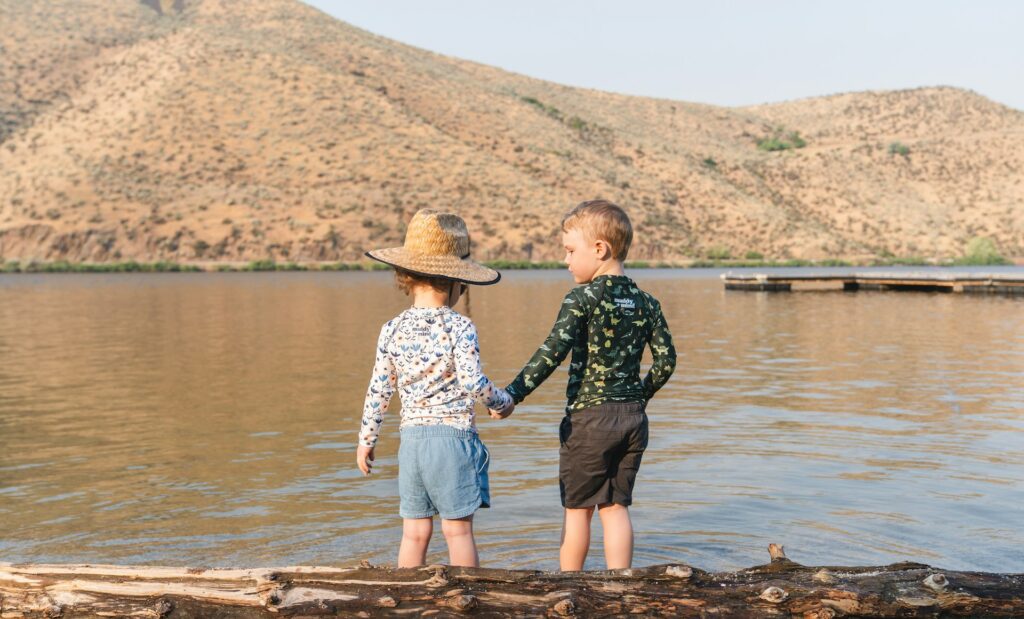
Camping near water with children requires heightened vigilance and clear safety rules. Establish a “water watcher” system where adults take turns maintaining constant, uninterrupted supervision of children near water, without distractions from phones, cooking, or conversations. Consider creating a physical barrier between your campsite and the water’s edge using bright cord, flagging tape, or natural boundaries. Require life jackets for children at all times when near water, not just during swimming activities.
Teaching children to ask permission before approaching water creates an important checkpoint in their awareness. Morning and evening hours can be particularly risky times, as children may wake early or wander during twilight when visibility is reduced and adult attention might be focused on camp tasks like cooking or fire building.
Balancing Conservation with Enjoyment
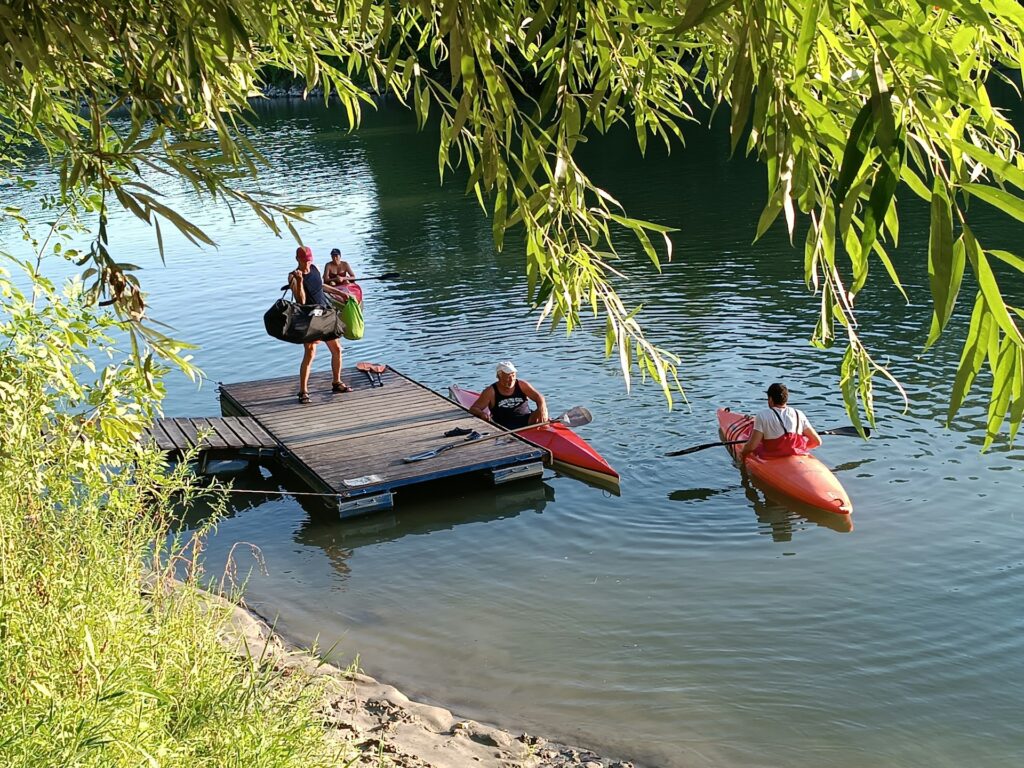
Responsible waterside camping means finding the balance between enjoying natural water features and preserving them for future generations. Minimize your impact by using biodegradable products, keeping all soap (even “eco-friendly” varieties) well away from water sources. Avoid building structures that alter water flow, such as rock dams or channels, which can disrupt aquatic ecosystems and spawning habitats.
When exploring shorelines, walk on durable surfaces like rock or gravel rather than fragile riparian vegetation that prevents erosion and provides crucial wildlife habitat. Consider timing your visits to avoid sensitive periods like fish spawning seasons or amphibian migrations. Remember that the most meaningful waterside camping experiences come not just from what you do in these special places, but from what you leave undisturbed for others to discover.
Conclusion
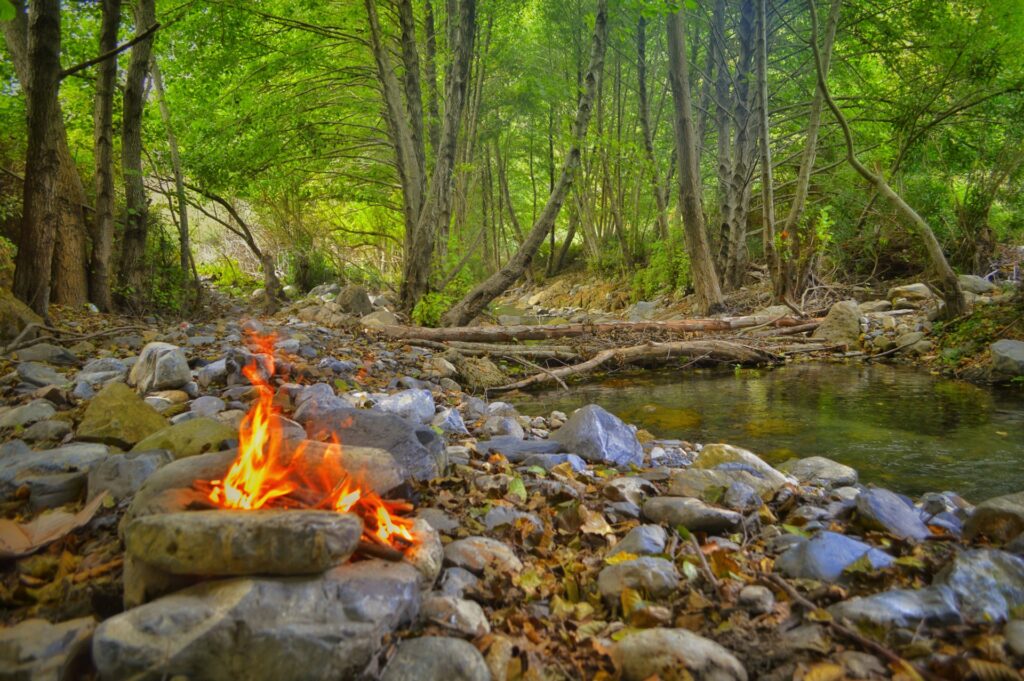
The allure of camping beside rivers, lakes, and waterfalls lies in connecting with nature’s most vital element. By approaching water with proper respect, preparation, and knowledge, you can safely enjoy these magical environments without unnecessary risk. Remember that water conditions can change rapidly, demanding ongoing awareness throughout your stay.
The most memorable camping experiences come when we balance adventure with caution, allowing us to fully immerse ourselves in nature’s beauty while returning home safely to plan the next expedition. Waterside camping isn’t just about the views or the convenient water source—it’s about developing a relationship with these dynamic natural systems and learning to live temporarily alongside them with both appreciation and respect.

